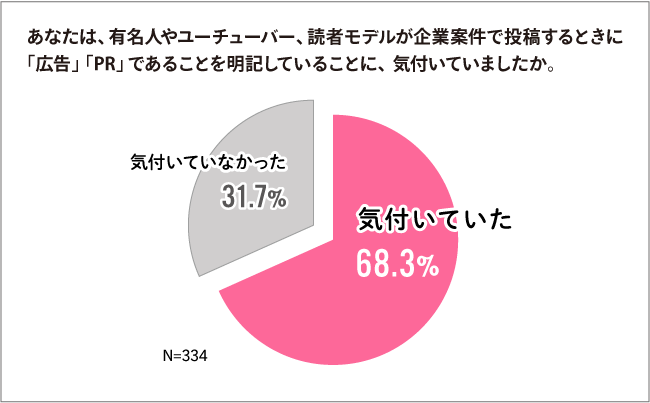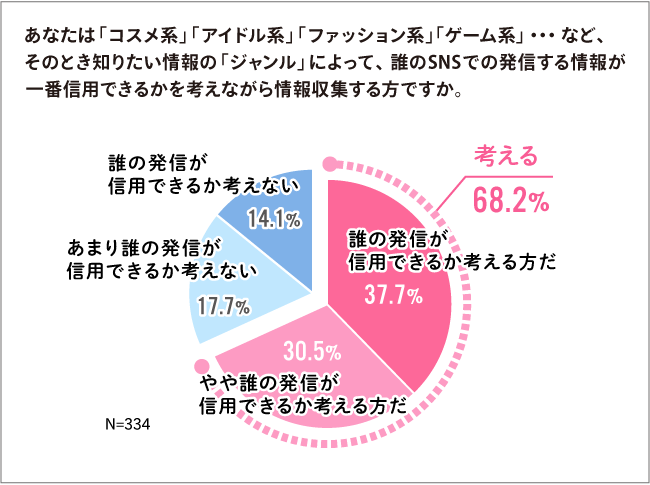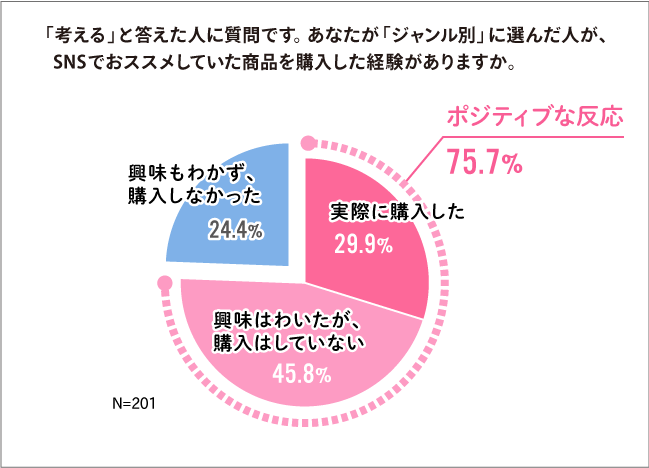Dentsu Inc. Gal Labo (hereafter Gal Labo) focuses on "Genre Innovators." These are individuals possessing deep, almost otaku-like knowledge and information within a specific genre, recognized by themselves and others as experts. They wield influence as communicators, seen as "people with reliable information."
Therefore, to develop products and services that resonate with the times and to pioneer new markets, we believe it is effective to approach these Innovators by genre.
In this second installment, we explain why genre-specific innovators hold the key to consumption, presenting Gal Lab's hypothesis alongside survey results on "PR posts"!
Gyaru Lab's Hypothesis: Genre-Specific Innovators Drive Consumption!?
While influencers' influence is measured by the "number" of followers, genre-specific innovators are measured by the "richness" and "depth" of their information and knowledge. Genre-specific innovators exist in both groups: among influencers with large follower counts and broad reach, and among ordinary people with smaller follower counts.
To drive market consumption more efficiently, leveraging the power of highly influential influencers is effective. The key is not to focus solely on reach metrics like "number of followers" or "blog page views," but to pay attention to what the influencer is knowledgeable about—their role as a "Genre-Specific Innovator."
When categorizing influencers by follower count, using Twitter as a benchmark, the scale varies widely: from "Star Influencers" with over 1 million followers to "Nano Influencers" with 1,000 to 10,000 followers.
"Top influencers and above" are often high-profile talents like artists and actors. "Micro influencers and below" primarily include more relatable reader models, bloggers, charismatic hairstylists, and niche-focused influencers like "makeup accounts" or "golf accounts."
Some influencers gain large followings not through specific information, but through their personality, character, or creative work. Therefore, Gyaru Lab hypothesizes that simply looking at follower count alone cannot reliably predict the number of times a PR post will be seen (impressions) or the likelihood of purchases or sign-ups (conversion rate).
For example, compared to information about golf equipment shared by a celebrity with 1 million followers, a niche innovator in the golf genre—even with only 10,000 followers—who demonstrates a niche innovator mindset and achieves a high engagement rate (the percentage of followers who actively respond) might actually have greater potential to drive sales and influence the market when introducing golf equipment.
We believe that niche innovators, who possess knowledge beyond mere popularity, also have a strong centripetal force to engage like-minded individuals interested in their specific field. Even if they currently have a small follower base, niche innovators who can share valuable information seem to have the potential to grow their follower count while maintaining high engagement rates, thereby expanding their influence. Precisely because the demand for "authentic information" is growing in today's era, I believe category-specific innovators are beginning to gain power.
Users' Real Reactions to "PR Posts" and Their Purchasing Behavior
Next, we'll examine whether influencers' "PR posts" actually drive consumption, based on findings from the "Influencer Marketing Survey."
Consumers recognize that promotional PR activities using influencers are advertisements. According to a September 2018 survey by Mynavi Teens (conducted jointly with Dentsu Inc. Gal Lab as the "Harajuku Kawaii Lab" research team) targeting women aged 13-19 (summary at the end), approximately 70% of respondents stated they notice influencers' advertising or PR posts.
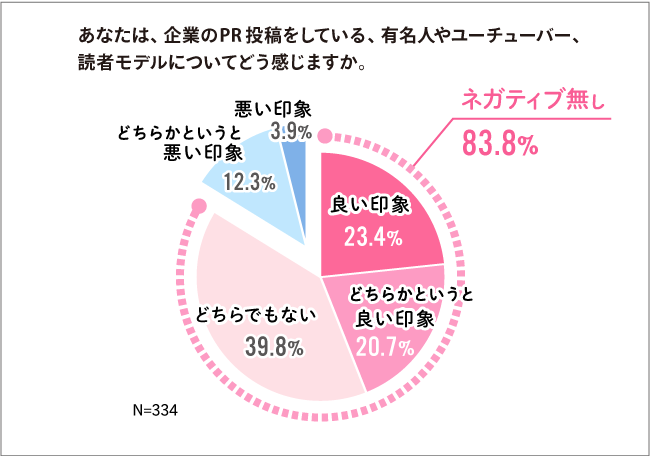
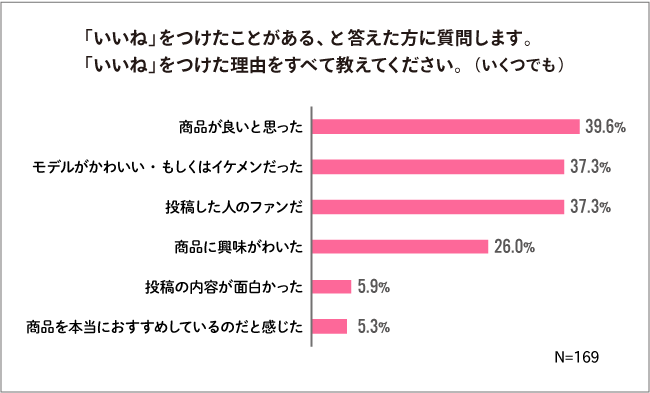
Notably, "the ads or PR posts themselves do not create a negative impression." The same survey found that 44.1% of respondents had a positive reaction toward influencers posting corporate PR content. Including the 39.8% who felt "neutral," 83.8% did not hold a negative impression. Furthermore, when asked why they "liked" a PR post, "Thought the product was good" was the top reason at 39.6%, while "Became interested in the product" was also cited by one in four respondents (26.0%).

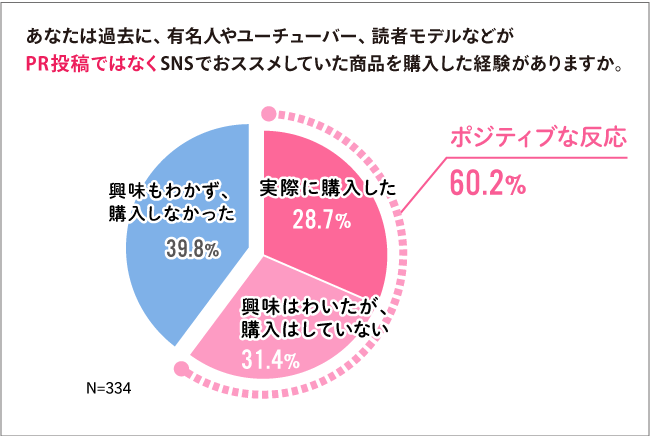
Looking at those who have "actually purchased a product" or "became interested in a product" recommended by influencers on social media, 60.2% had a positive reaction regardless of whether the post was a PR post or not.
Reasons cited included: "I feel safe buying from someone I know" (16, Tochigi Prefecture), "Because my favorite reader models or YouTubers actually try and show it themselves" (17, Gunma Prefecture), and "I thought it was good if they were genuinely trying it out and posting about it" (18, Tokyo).
However, it seems that influencer-shared information is only perceived positively—even if it's advertising—when it's judged to be trustworthy and acceptable information.
Regarding PR posts, the survey also revealed comments like: "It makes me sad to think they weren't being genuine" (17, Tokyo), "It's fine if the celebrity genuinely uses and recommends the product, but if they're just being made to do it and don't actually use it themselves, that's not good" (17, Kanagawa), "Some PR feels genuine, while others clearly sound forced" (17, Aichi Prefecture). These comments reveal a decline in trust toward influencers.
The survey found that 68.2% of people choose different influencers depending on the type of information they want to learn about. Positive reactions, such as actually purchasing a product or becoming interested in it, were high at 75.7%.
Reasons for this differentiation included: "Because people in that genre post a wealth of information" (16-year-old, Kanagawa Prefecture), "Because I want to reference information from people specialized in that topic or who are getting attention" (18-year-old, Aichi Prefecture), and "Choosing by genre means they've researched it extensively, making them more persuasive" (16-year-old, Chiba Prefecture).
Influencers gain popularity for various reasons: appearing on TV, having high likeability or trustworthiness, or possessing a distinctive personality. Among them, Gyaru Lab hypothesizes that niche innovators—those with well-established personal niches—are perceived as valuable information providers. This leads to higher engagement rates from followers and, crucially, higher conversion rates for PR posts. This is because they are trusted to possess a substantial amount of recommendable information, meaning credible content.
Subdivided Genre Innovators

As introduced in the first article, Gal Lab's research broadly categorizes "Genre Innovators" into 36 genres. However, genres are actually subdivided into finer segments. For example, observing people with the "#BookOtakuGirls" tag reveals further subdivisions like "#BusinessBookOtakuGirls," "#NovelOtakuGirls," "#LightNovelOtakuGirls," and so on.
For instance, Eriess Book Consulting's Business Book Marathon (BBM) is a well-known media outlet that mobilizes "business book" enthusiasts. BBM's email newsletter boasts 56,000 subscribers with an exceptionally high conversion rate. It's also famous for causing books featured in its coverage to jump dramatically in Amazon's overall rankings – from tens of thousands or thousands to within the top 100. It's a name unknown to no one in the publishing industry.
Next time, we'll feature Mr. Eiji Doi, Editor-in-Chief of BBM. As a top influencer and genre-specific innovator, how does he analyze his own position and the market? Furthermore, while the authors of the books he handles are themselves the ultimate genre-specific innovators, we'll ask Mr. Doi about the female genre-specific innovators he has observed and how they have driven consumption!
<Survey Overview>
・Survey Name: Mynavi Teens "Influencer Marketing Survey"
・Research Organization: Planning & Fieldwork = Mynavi, Mynavi Teens Division
・Survey Subjects: Mynavi Teens member panel
334 samples of individual females aged 13-19 nationwide (randomly selected)
・Survey Method: Responses entered via Mynavi Teens' online questionnaire form
・Survey Period: September 12–19, 2018
❤Mynavi Teens
Registered with 60,000 teenage female members nationwide (primarily junior high and high school students). "Dream Station JOL Harajuku" has become such a staple spot that it's said, "If you go to Harajuku, you absolutely have to stop by!"


